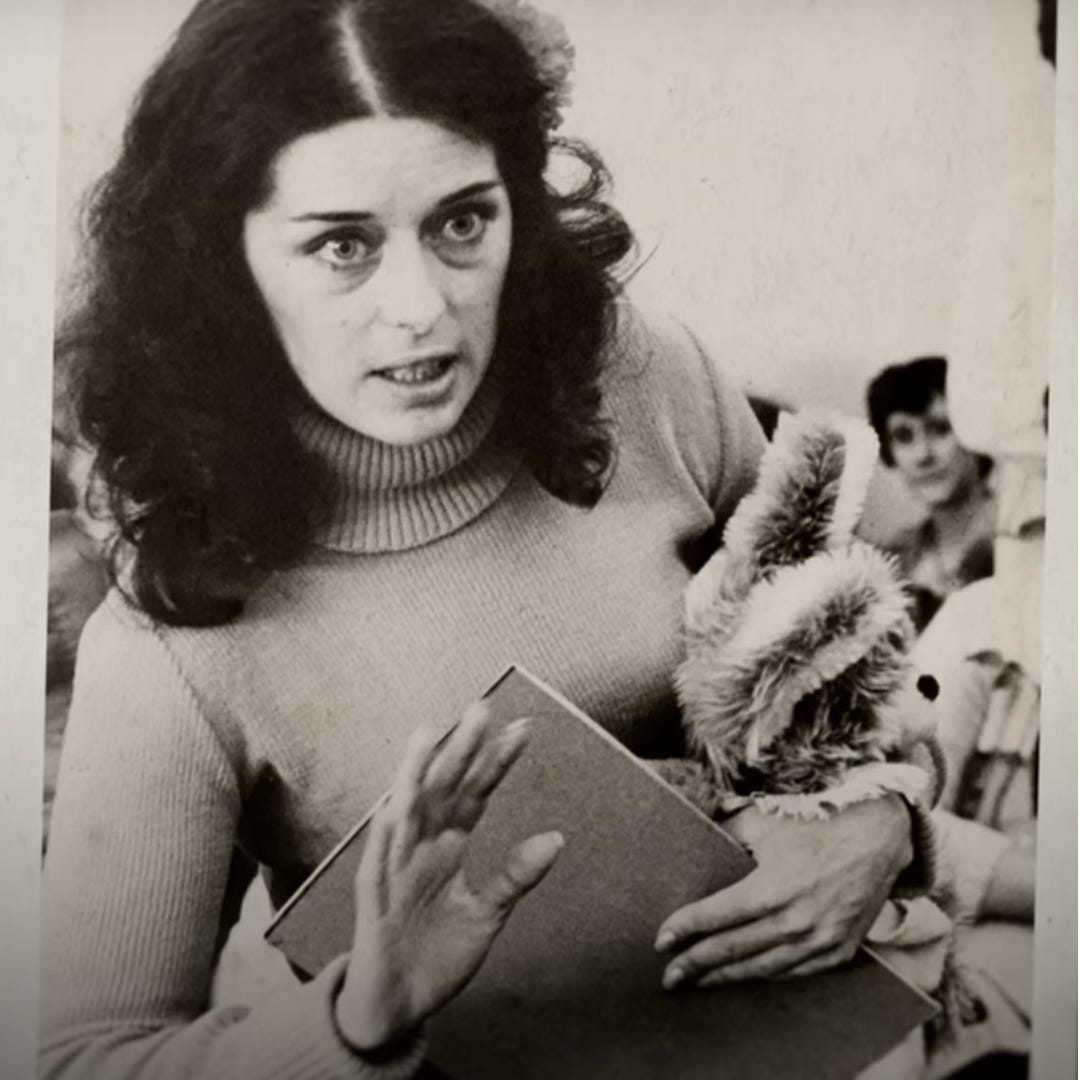“The fight came to us. We didn’t look for it,” one resident said. The water spread from the polluted canal through streams, through drainage pipes, through granite and soil. It touched everything from grass that grew in gardens and under swing sets to basement walls and floors. And as invasive as that was, it wasn’t the end. Toxic fumes filled the air, making every breath connected to chemicals dumped into the environment.
But it was the 1970’s, and no one was aware of what this meant to their lives. No biomedical data was available that correlated environmental health and human health. Despite this, and expert assurances that industrial waste was completely under control, people started slowly making their own connections.
In 1978, Love Canal residents learned that hundreds of gallons of deadly chemicals had been dumped in their backyards. They began noticing how incidents of health conditions were increasing as the effects of those chemicals on the landscape were becoming more visible. After elected representatives and government bureaucrats largely disregarded and dismissed residents’ observations, people started collecting their own data. Even when it was brushed off as “useless housewives data,” they stood by it.
Residents organized, they showed up at townhalls, they kept detailed records of everything going on, and they protested in unique and attention-grabbing ways. Lois Gibbs, leader of the neighborhood association became a hero, a representative of the power of people overcoming abusive government policy. She preached being loud, staying in the news, sending telegrams to the White House, and refusing to take no for an answer.
Eventually, the local government at least tacitly agreed that they were responsible for harm done by placing a community right on top of a toxic dump site, and the federal government paid to buy the homes of residents and move them out. Residents had lost much more, but they found some kind of justice. They found a new kind of agency, in doing their own research and data collection rather than taking facts blindly from the government. They had power in speaking out and making themselves heard.
Their research, a kind classified as citizen science, has been going on for hundreds of years but was often dismissed by trained scientists. With Love Canal, it very visibly claimed a validating win. In decades since, it has become an important and accepted part of environmental research. Amateur bird watchers, water testers, and pollinator counters all are crucial parts of large-scale data collection and resource monitoring.
Now, citizen science again picks up the torch of public protest. Trump’s administration is challenging all science (and really even common logic), as they delete data sets, take down public information, and dismantle agencies who research and respond to health and climate. It’s more important than ever to rely on our own observation and hold on to the knowledge we’ve worked to achieve.
Already, groups are ramping up efforts to preserve and collect data. Professors are holding “hackathons,” and “datathons” to catch and protect information that DOGE and Trump flunkeys are deleting from public websites. The Data Liberation Project is doing the same. Conservation groups are ramping up their efforts to monitor water quality, with the expectation that the federal government won’t be transparent with environmental dangers. Some individuals and advocacy groups are fighting for the right to community air monitoring support from their government and helping people install their own air quality monitors.
It may not make up for all that is being lost, but it is a beginning. It is a way to defend ourselves. As we all settle into our new roles of dissenters and protesters, I urge you to jump into efforts to participate in citizen science projects. The more we know about how ongoing policy changes are affecting our world, the better we can speak out against them.
We didn’t look for this fight, but it came to us. And we have meet the challenge.
With love and hope for the future,
Stephanie
Are you a part of a citizen science project, or do you know of efforts that need more participations? Share your experience!
Watch the full PBS Love Canal documentary here:
Some ongoing citizen science efforts:
https://www.citynaturechallenge.org/
https://ebird.org/home
https://www.data-liberation-project.org/get-involved/
https://www.audubon.org/community-science
https://education.nationalgeographic.org/resource/citizen-science-projects/





Excellent post! Thanks for writing it!
Thanks for the history reminder of the importance of grass roots environmentalism. Here in the Research Triangle of North Carolina we have efforts to identify lead contamination, nitrogen runoff, and carbon impact citizen science efforts that are having some success.